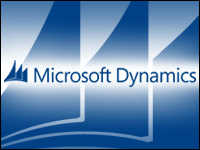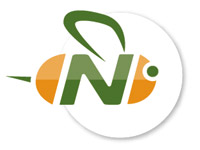
Microsoft on Tuesday unveiled a set of Microsoft Dynamics CRM features that will be generally available in the second quarter of this year.
There are three main areas of change in this latest iteration: new marketing functionality; enhanced customer service options; and the introduction of a unified service desk for call centers. There are also additional social listening features.
The new functionality bolsters integration and interoperability, said Jujhar Singh, general manager of Microsoft Dynamics CRM.
“We made sure these services are not isolated islands but reflect the way that people actual work and use CRM,” he told CRM Buyer.
Social media is part of most CRM operations and should be embedded throughout the application and not siloed in its own compartment, Singh noted.
Marketing Integration
The marketing automation functionality in this version of Microsoft Dynamics CRM has been revamped “from the ground up,” said Singh, through the acquisition of MarketingPilot, which Microsoft acquired about a year and a half ago.
MarketingPilot’s sweet spot — building and managing multistage Web campaigns — is now included in Microsoft Dynamic CRM’s offerings, as are its reporting capabilities.
“Users can plan campaigns across any number of channels and can make changes rapidly in mid-campaign if necessary,” Singh noted. “There is also tight integration with sales to allow for collaboration with marketing.”
Reporting features help users make decisions and changes to campaigns based on demographic data.
There also are new lead management and scoring capabilities and new email marketing features.
Customer Care on a Personal Basis
The new version of Microsoft Dynamics CRM also provides a unified service desk, along with customer service features that can tap into social and mobile channels.
The unified service desk automates repetitive tasks, allowing agents to better handle multiple interactions simultaneously.
Microsoft Dynamics CRM has added more access choices for users — that is, they can opt for self-service via support portals, or they can connect via Facebook, Twitter, Web chat or video, or some combination of these channels.
The end result is a smooth path between the various functions an agent must perform in one customer integration, Singh said.
“For instance, we tried to make sure that the difference between social and transactional is removed — that those tasks are native to the application and the agent doesn’t have to click on various tabs or jump around screens to get to the information needed,” he explained.
This theme of marrying transaction and social runs through the entire application. For example, a sales rep could look at a customer’s transaction data, Singh suggested, and then further explore to find out how a particular campaign for that client may have generated social marketing buzz.
Social Listening
Social listening is another new service in the updated version. It provides analytical capabilities that allow users to assess and then act on market intelligence from social conversations. It can measure sentiment across a wide array of social channels, tracking by product, brand, competitor and campaigns globally and in real time.
This feature is included in the Microsoft Dynamics CRM Online professional version for no additional charge. On-premises customers can get the social listening functionality for an incremental cost.
Microsoft will be rolling out these features on a global basis, Singh said, with social listening available in 19 languages when the product becomes generally available. The marketing capabilities will be offered in 10 languages.
























































Social CRM
See all Social CRM